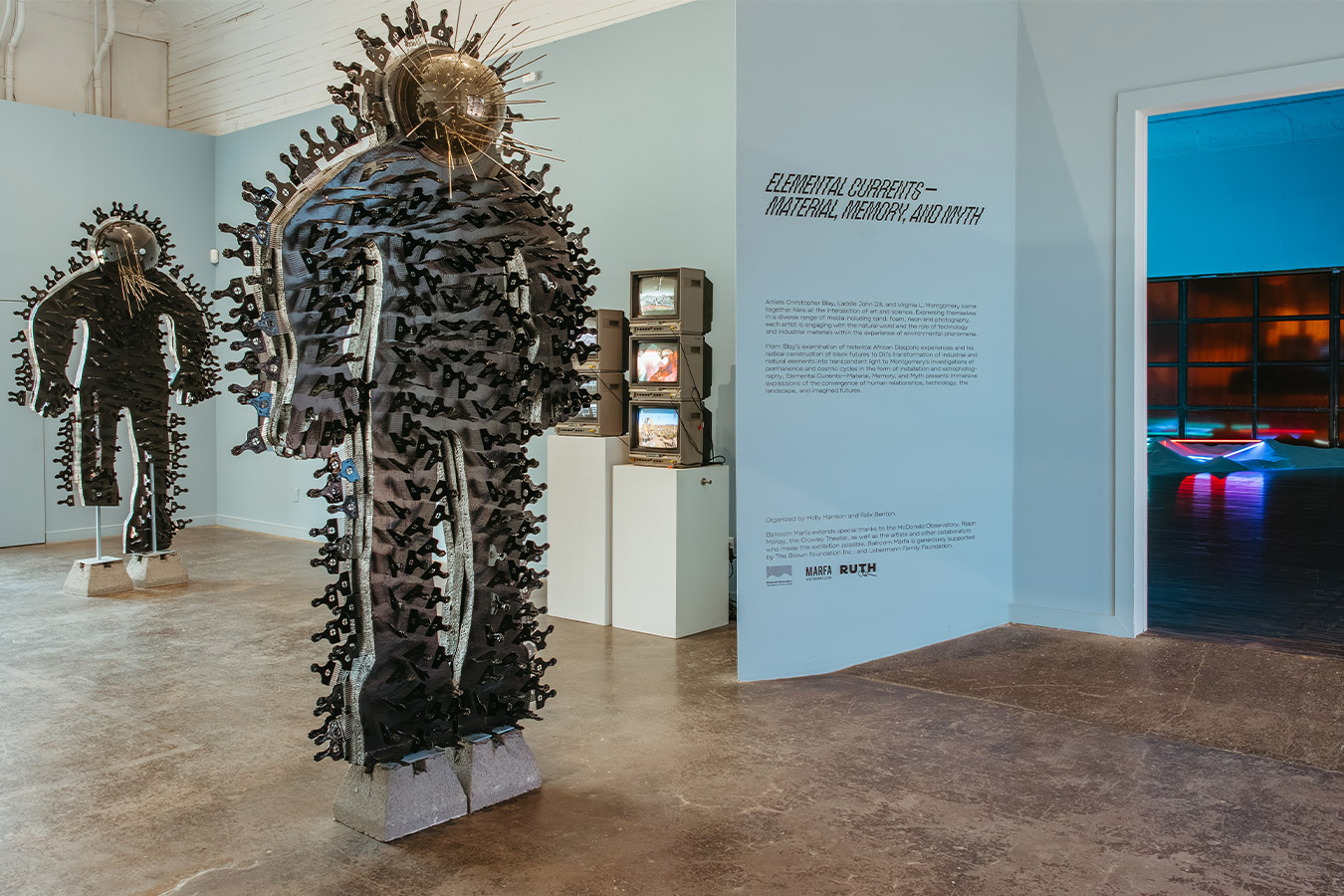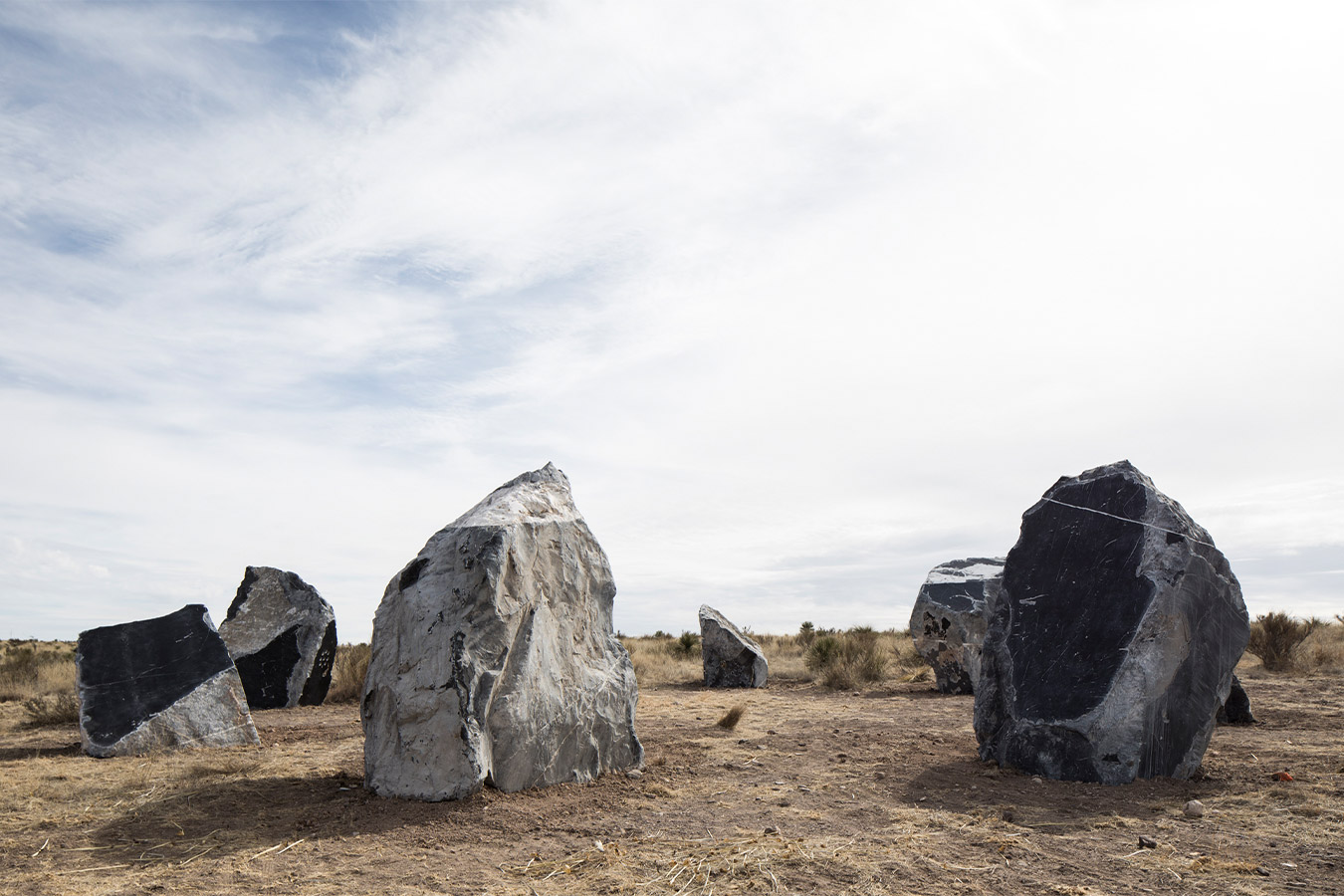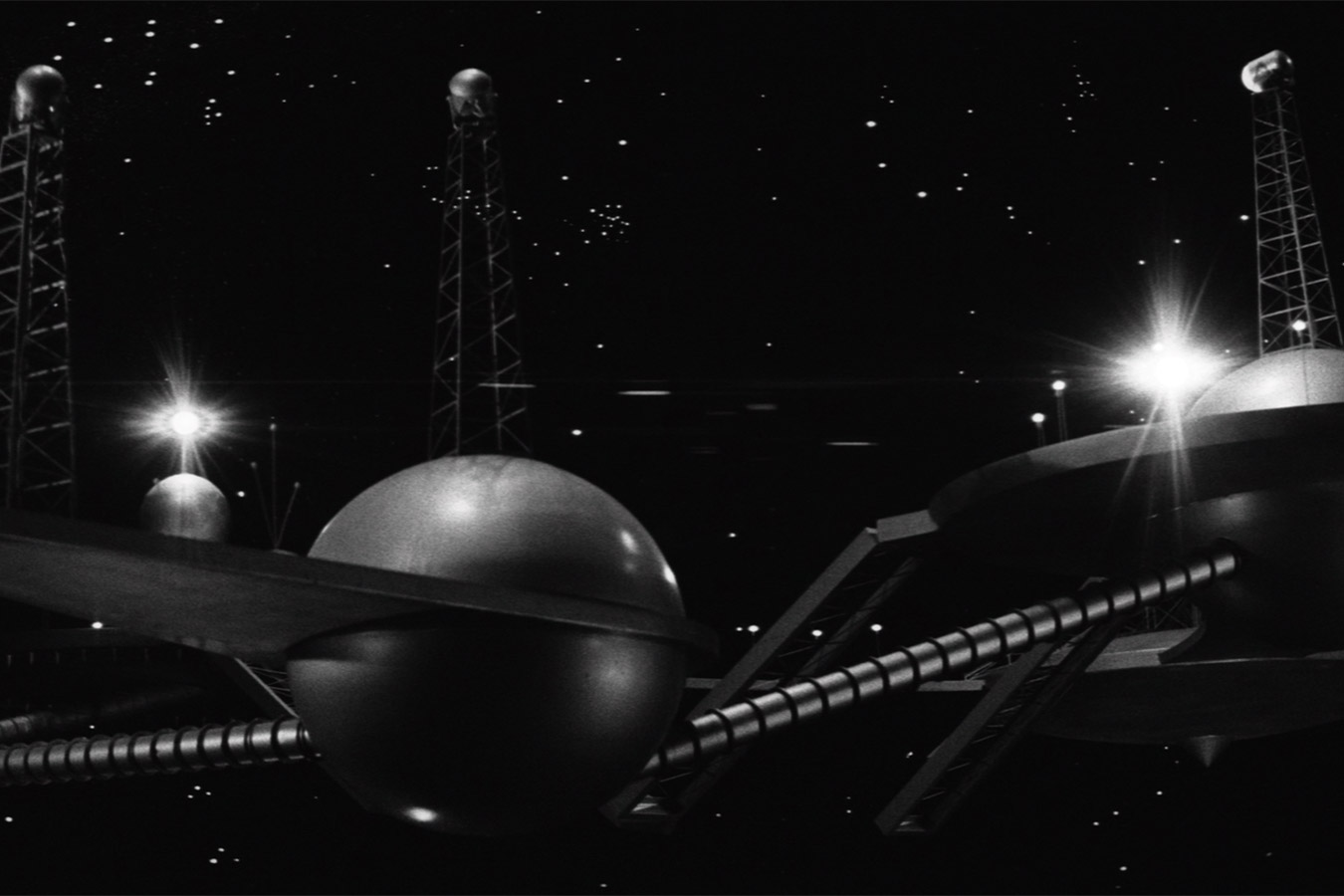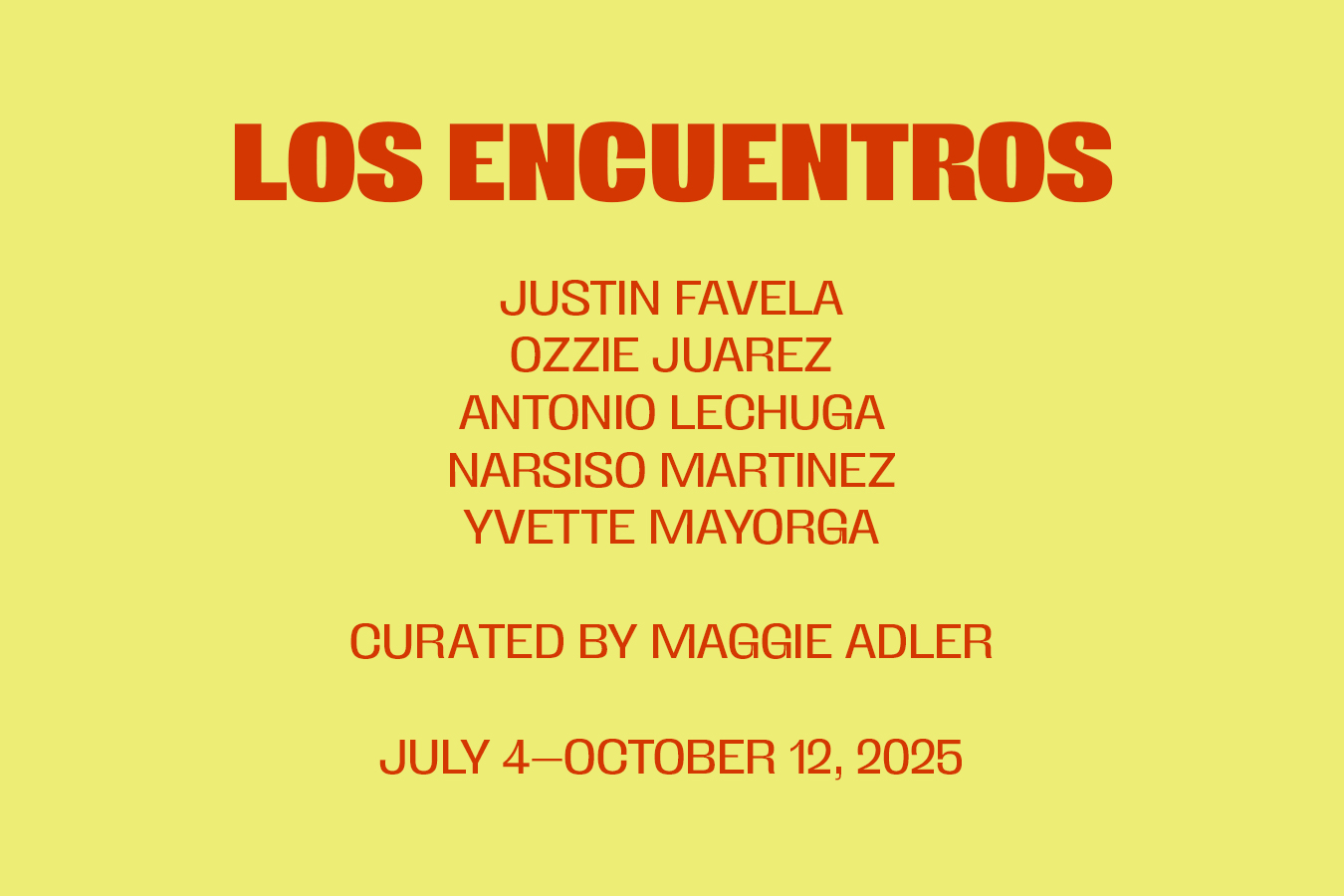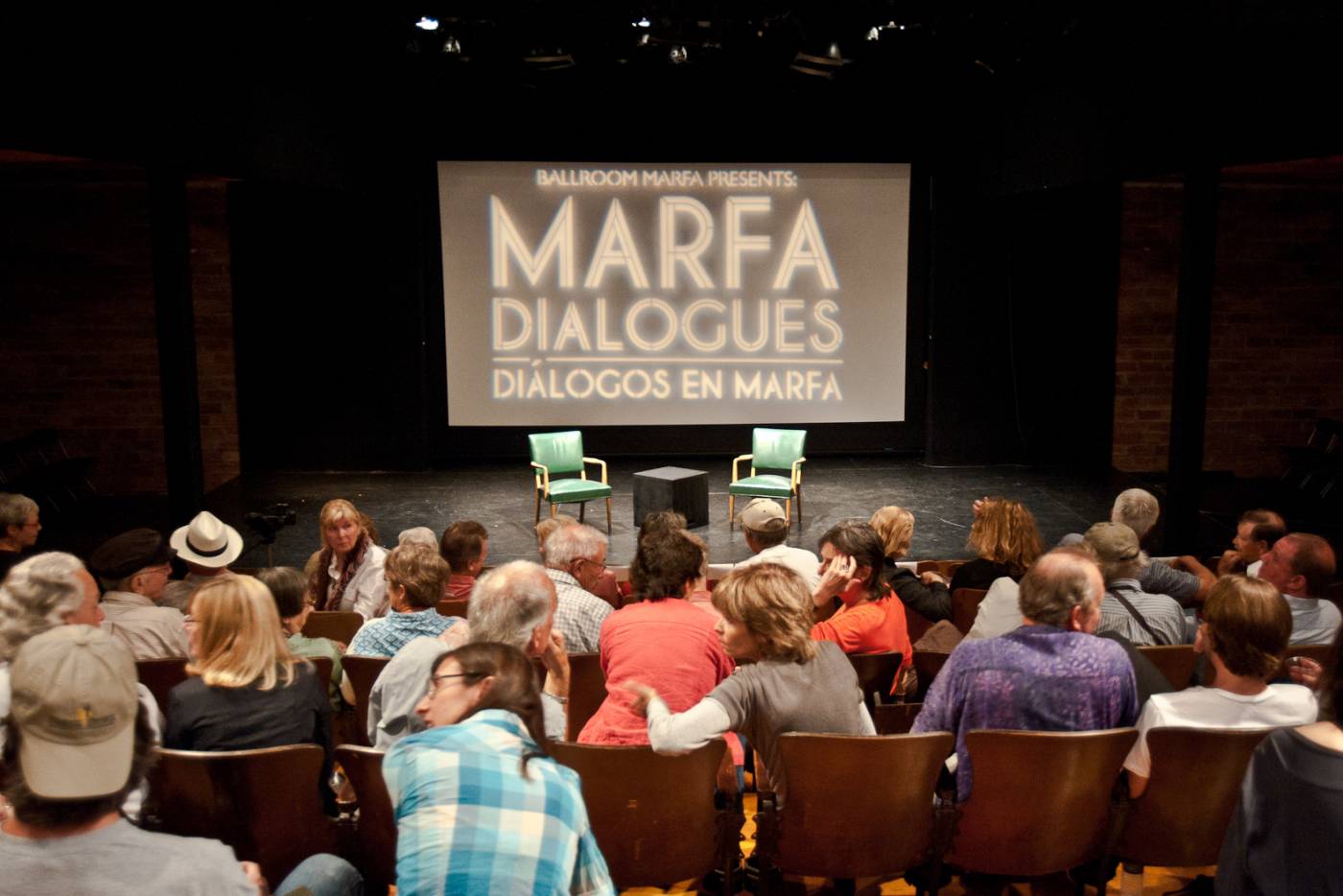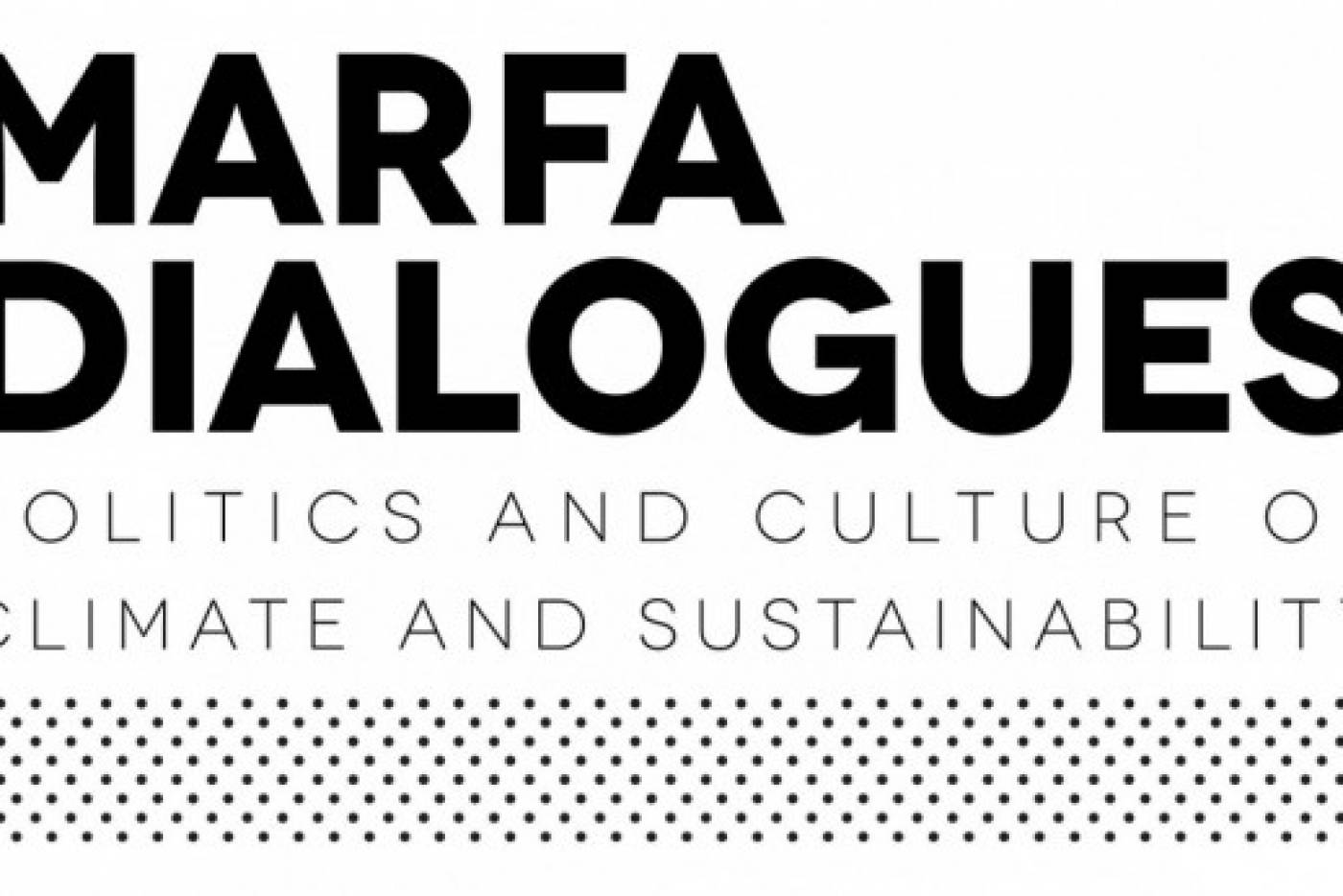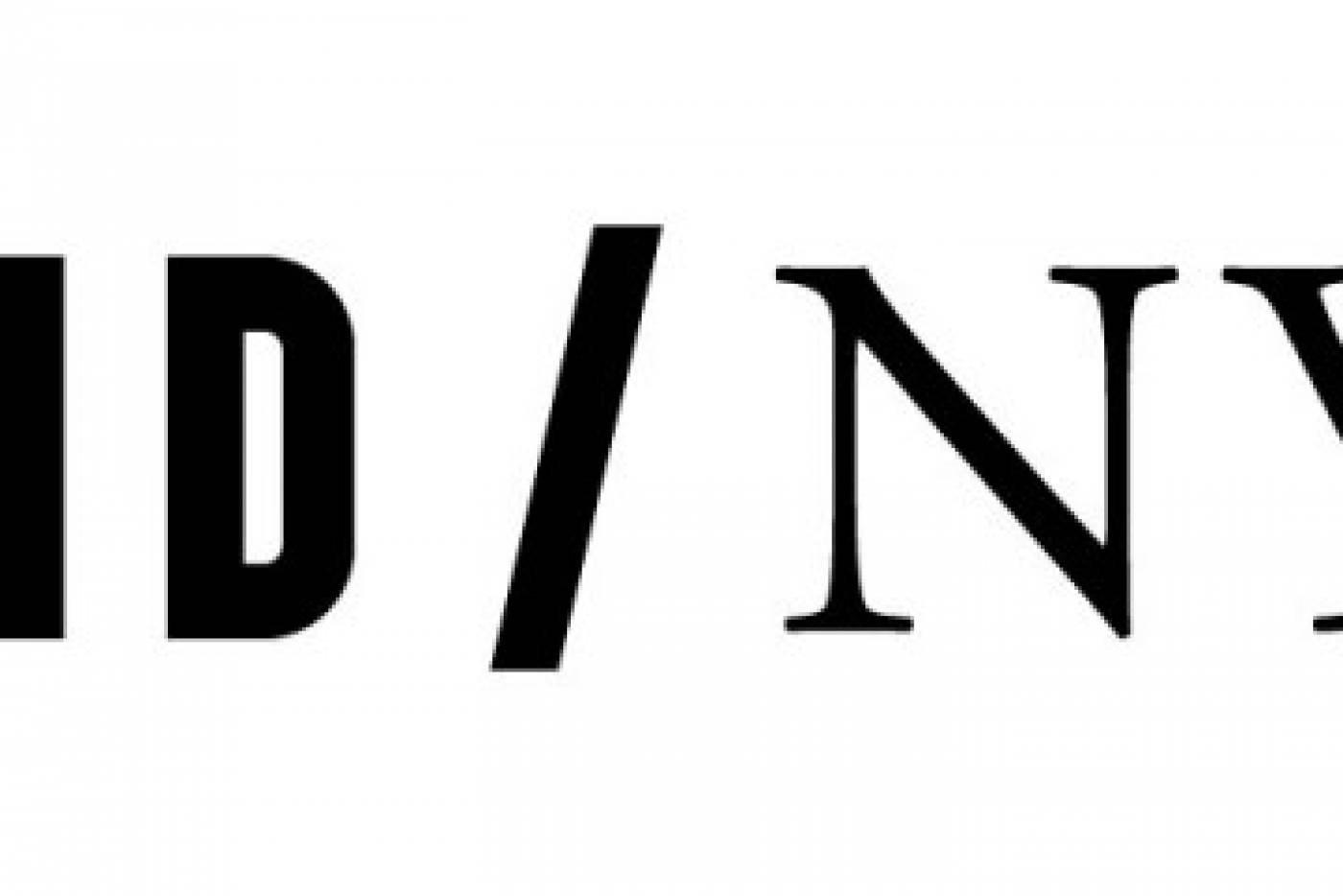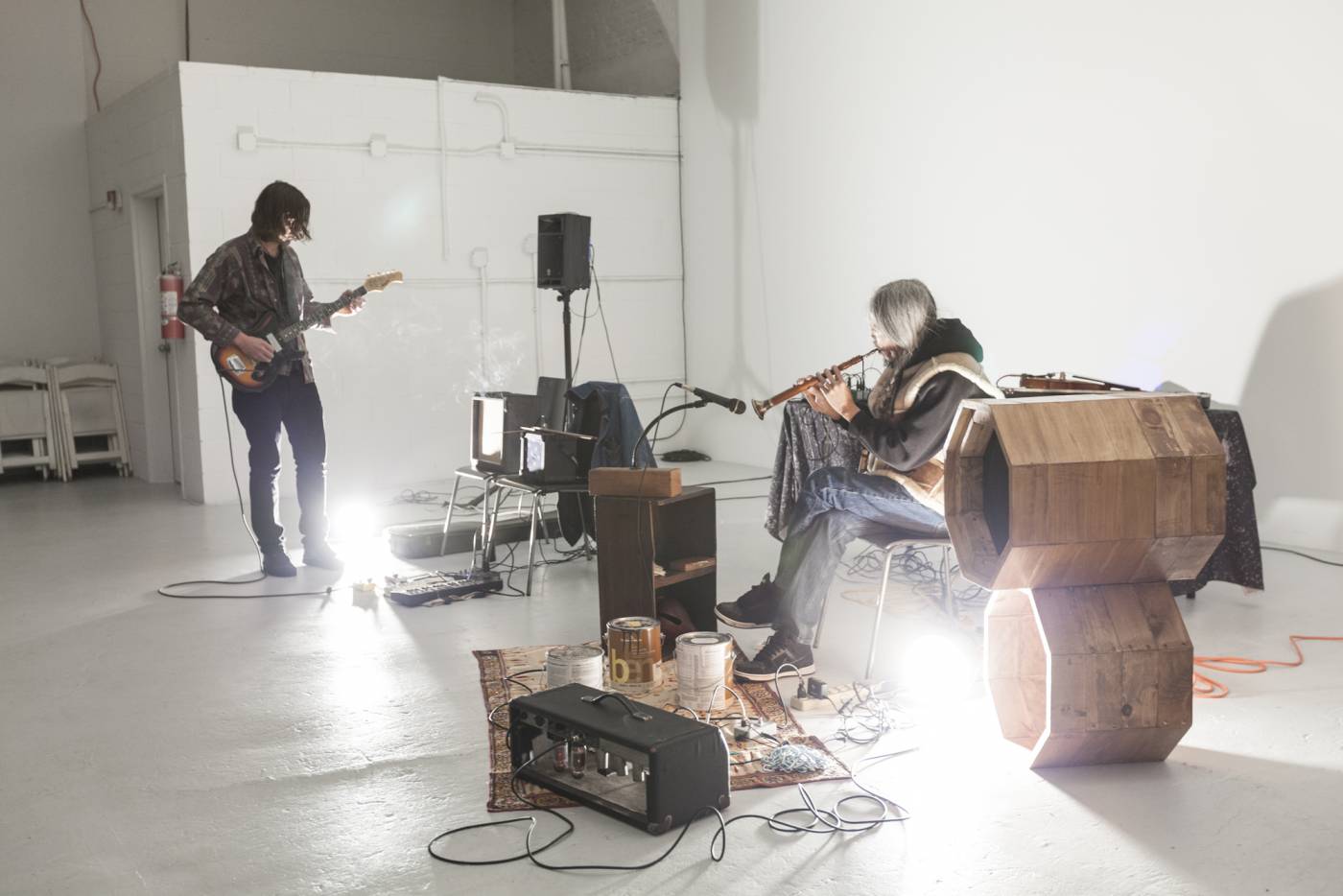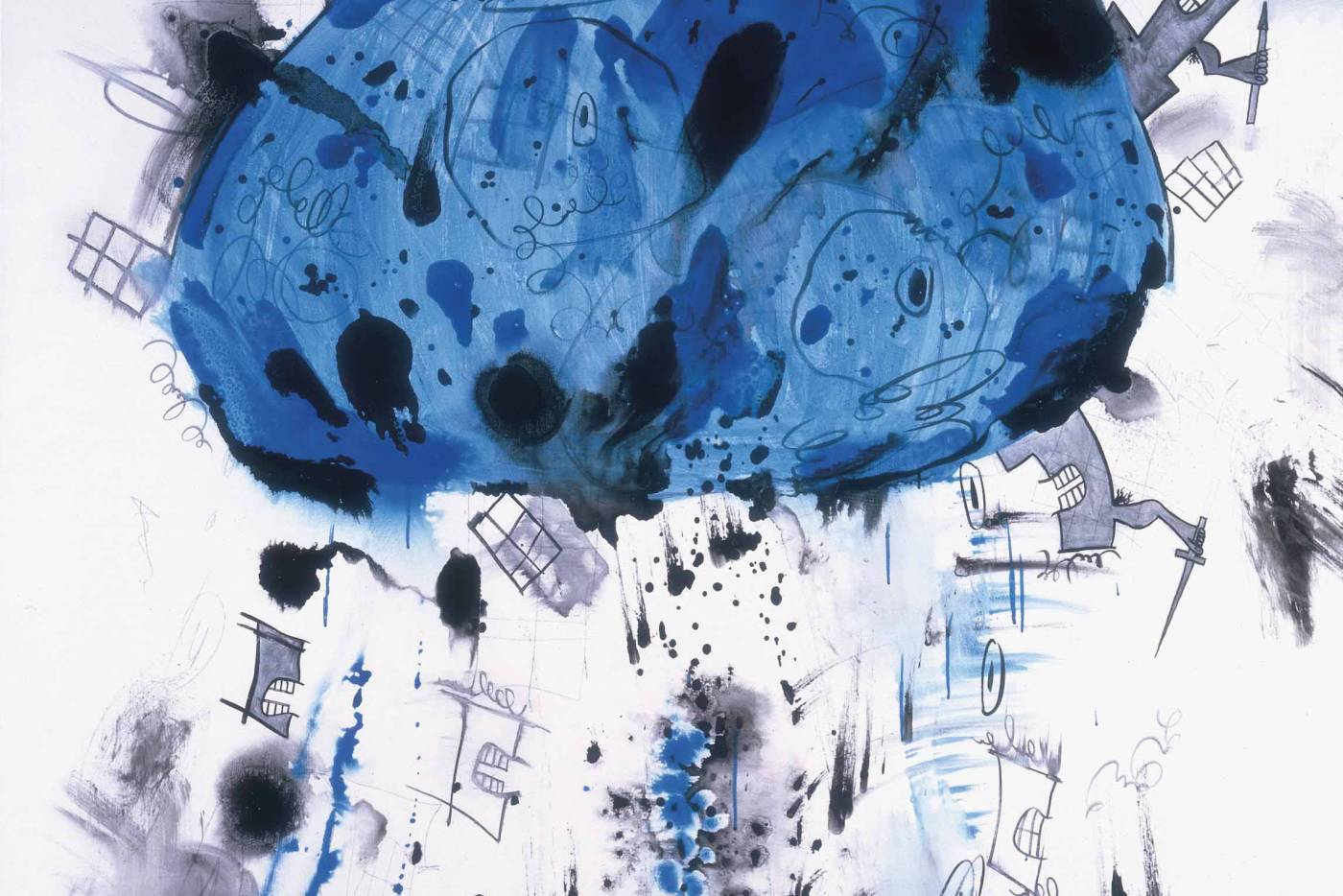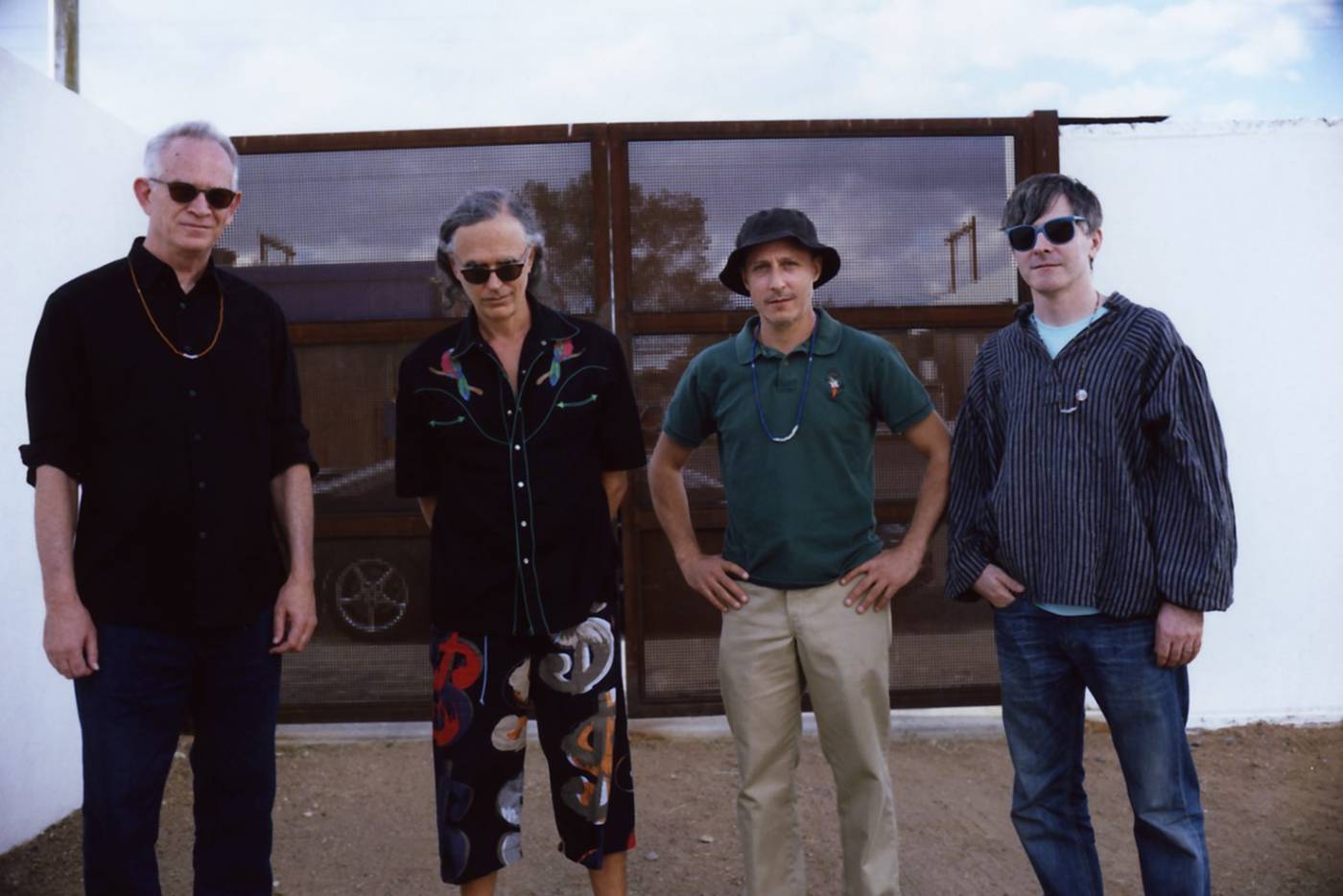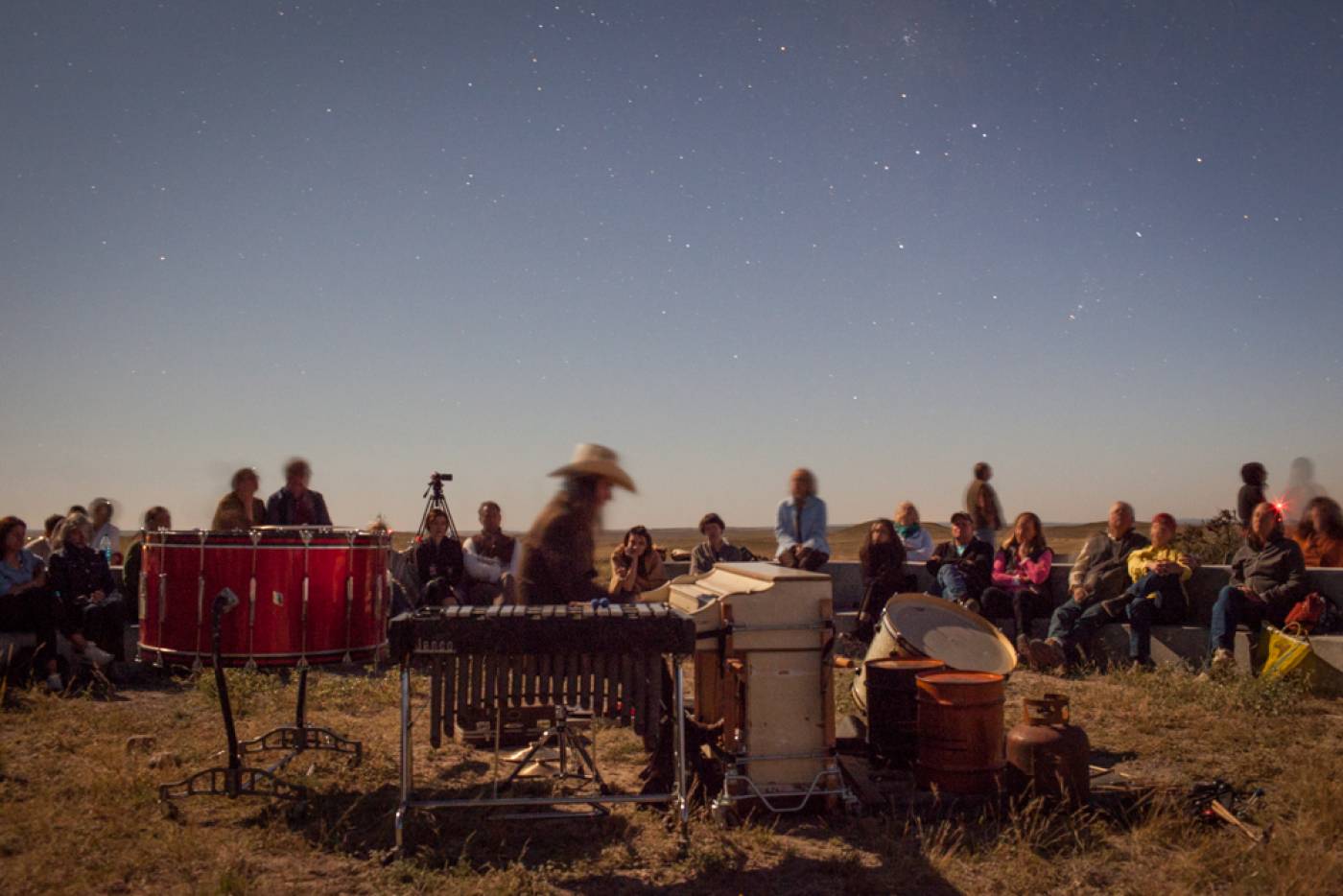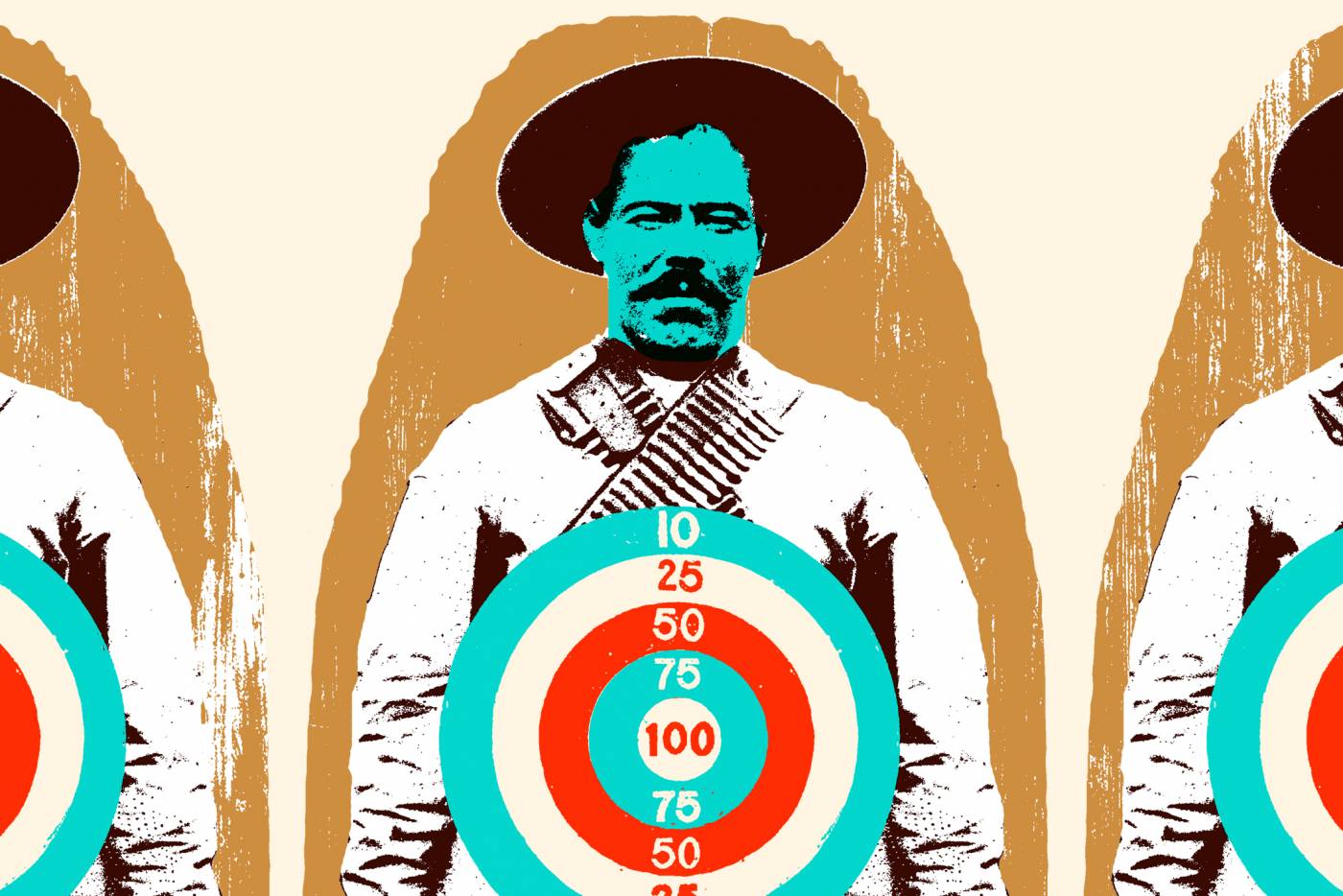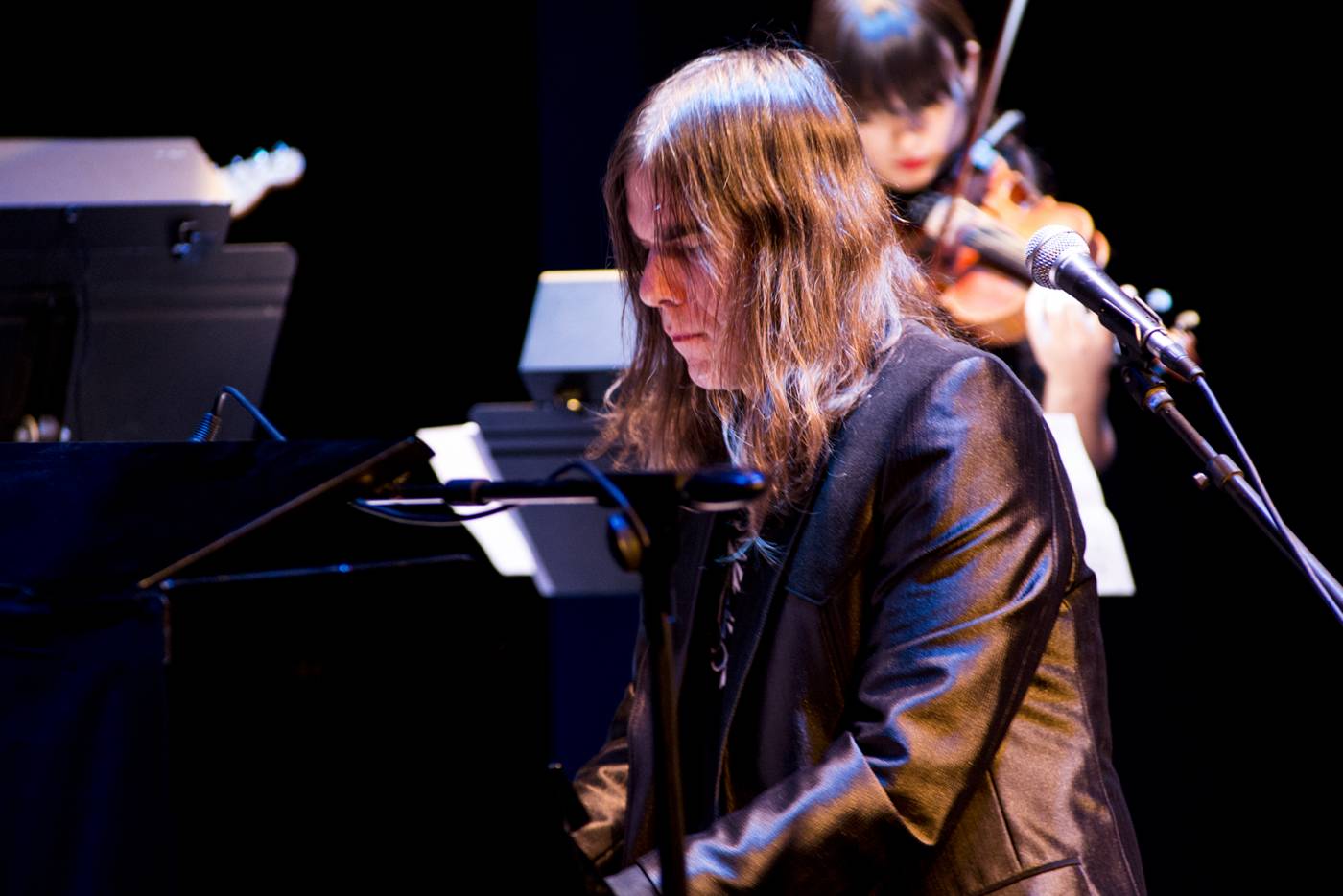Julianna Barwick
October 3, 2013
Concert
Julianna Barwick
Ballroom and Marfa Book Co. welcomed Julianna Barwick for a special performance in Ballroom’s galleries.
Louisiana-born/Brooklyn-based Barwick performed from many of her recent releases: Florine, her EP from 2010, opens with a song Pitchfork describes as a “halogen hymn.” Producer Diplo, announcing his contribution to her 2011 Matrimony Remixes EP, introduced her music to his followers as the sound of “Care Bears making love.” Dolphins, angels and cathedrals are reference points used to describe the sounds she makes, compositions often characterized by reverberating vocal loops with minimal instrumental accompaniment.
Barwick’s breakthrough came with the 2011 album The Magic Place, its title is a reference to a beloved tree on the farm where she was raised, and also to the fruitful year when it was recorded. In addition, she produced a remix for Radiohead, an improvisational album with composer Ikue Mori, and recorded her 2013 album Nepenthe in Iceland at Sigur Rós’ studio and with contributions from the Amiina post-rock string quartet.
